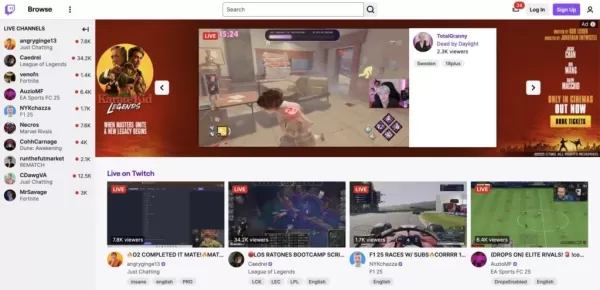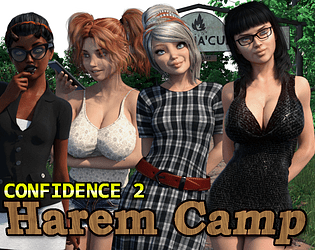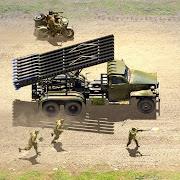Monster Hunter Wilds: Weapon Tuning and Design Philosophy
With each new Monster Hunter game, players eagerly anticipate experiencing their favorite weapons in a fresh context. This article delves into the design philosophy behind the weapon adjustments in Monster Hunter Wilds, aiming for a seamless hunting experience. We interviewed Kaname Fujioka (Art Director and Executive Director, also director of the first Monster Hunter game) and Yuya Tokuda (Wilds Director, involved since Monster Hunter Freedom) to uncover the details.
IGN First Monster Hunter Wilds Oilwell Basin Artwork
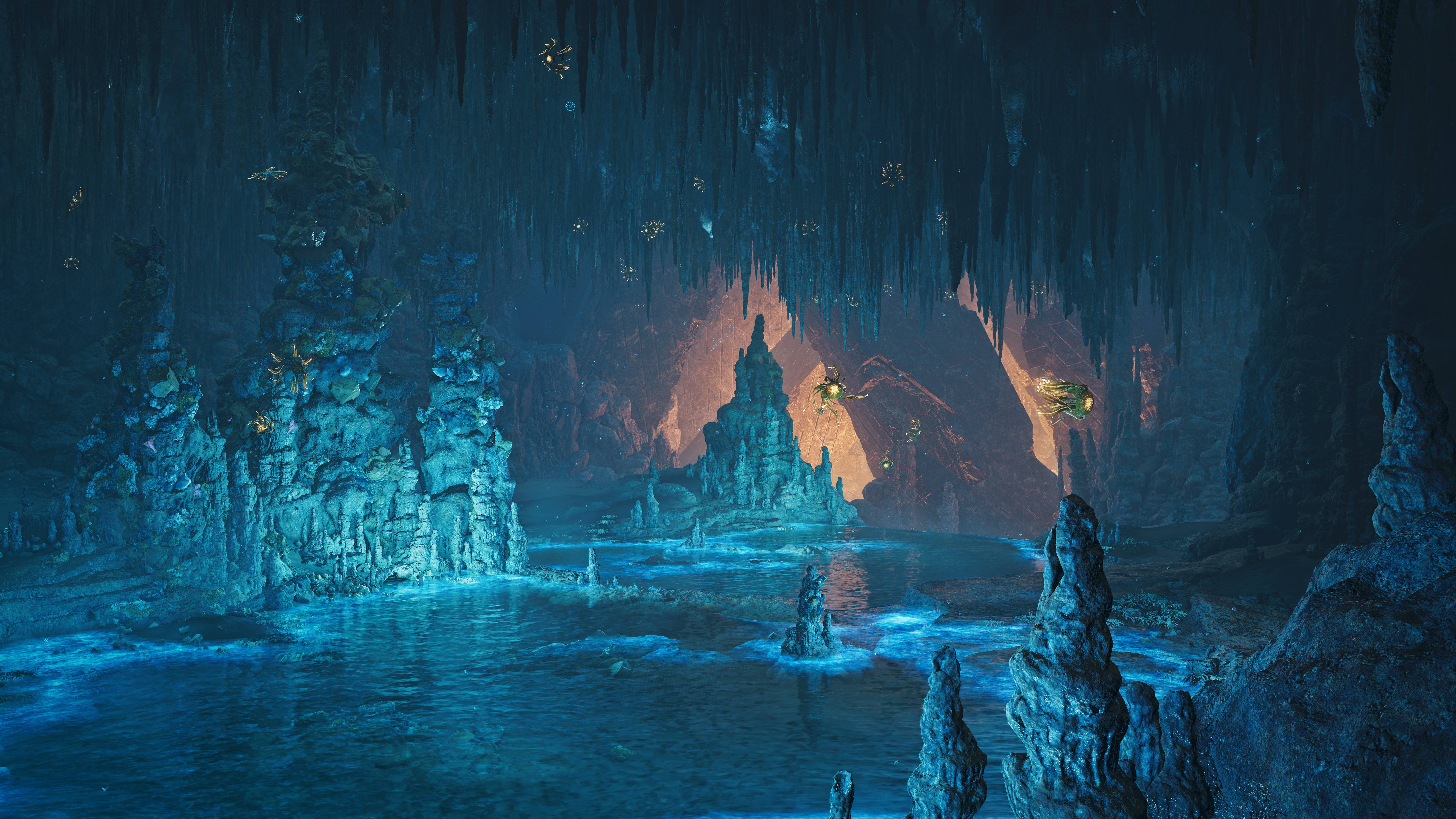
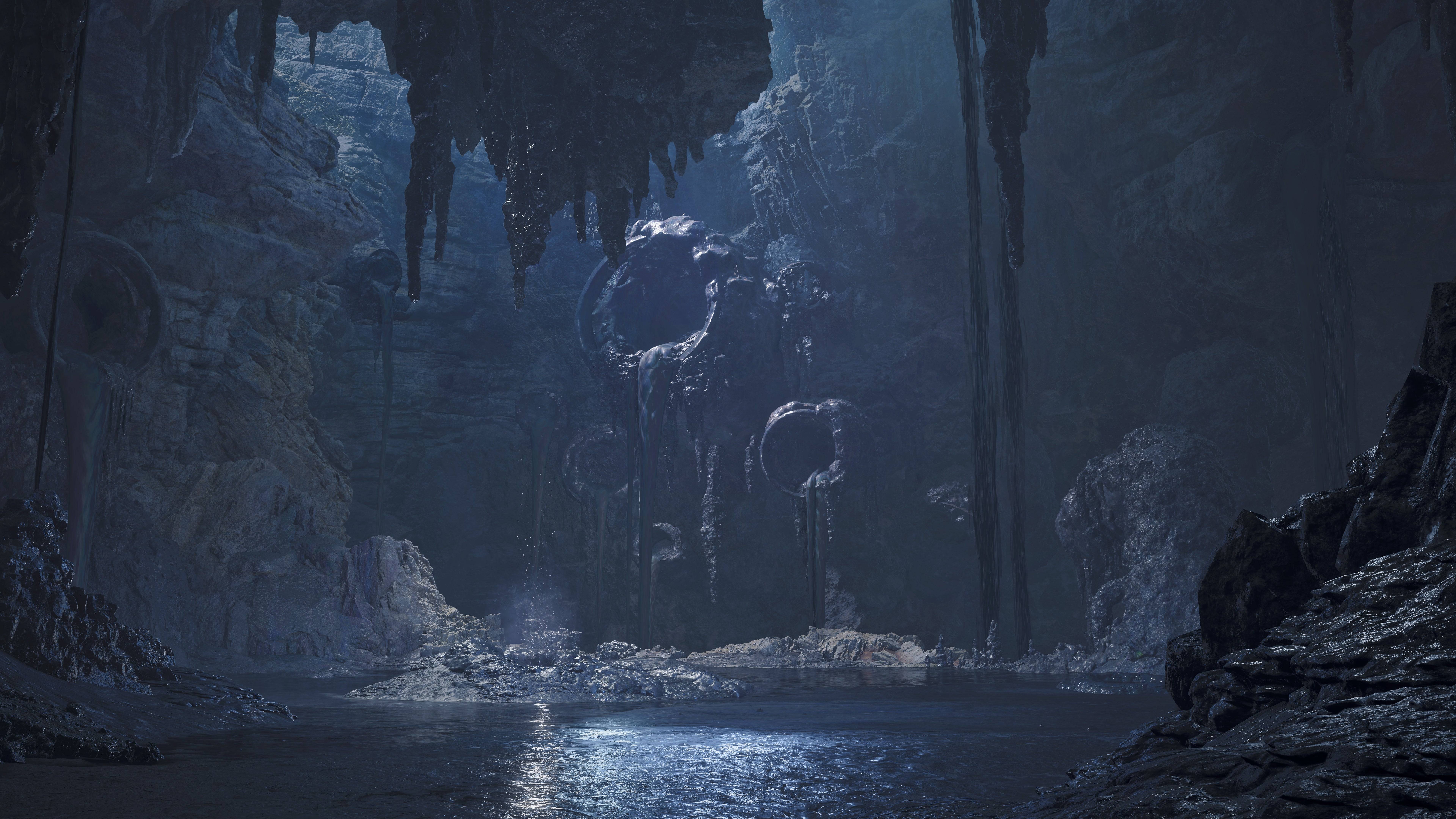
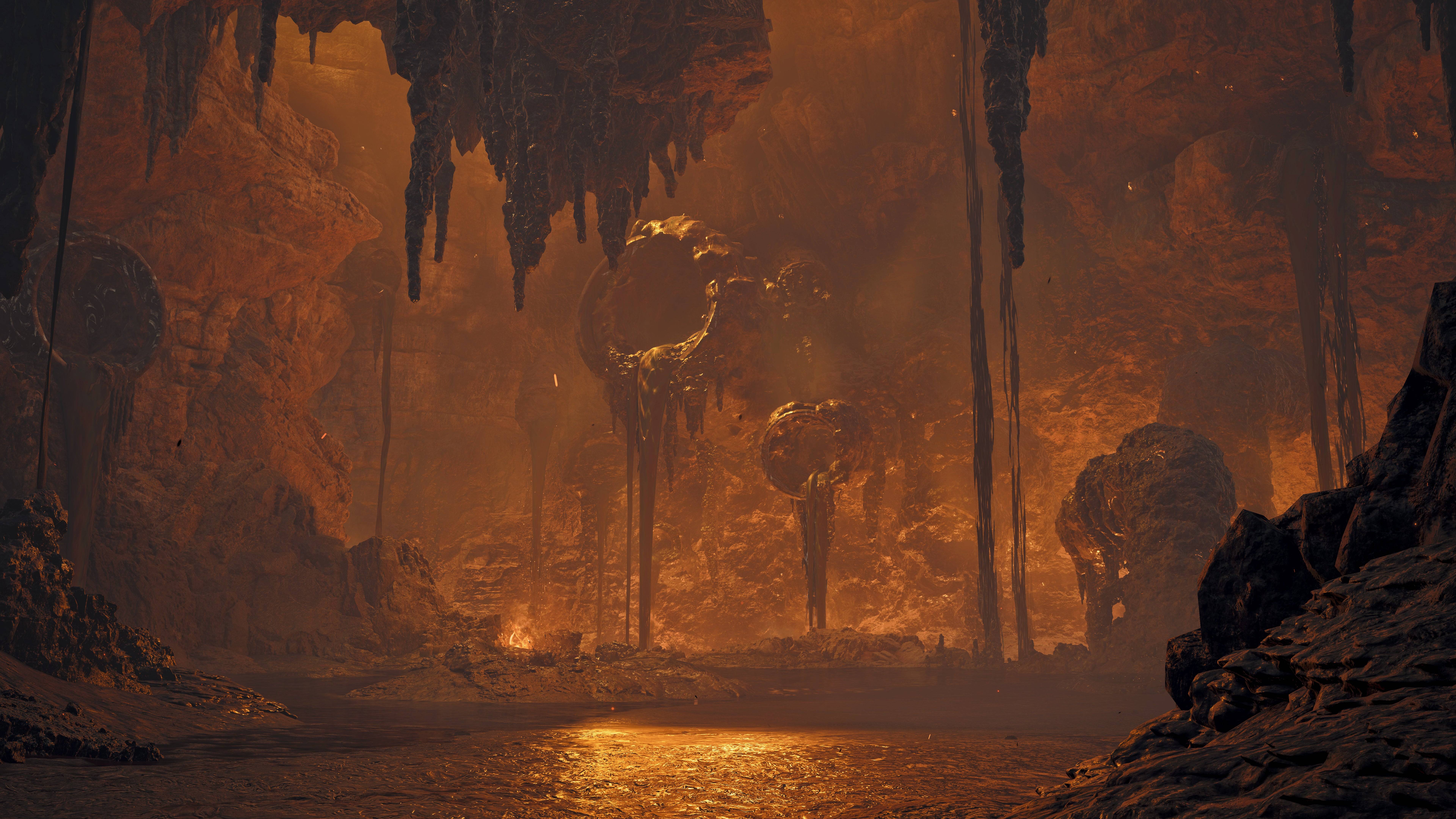
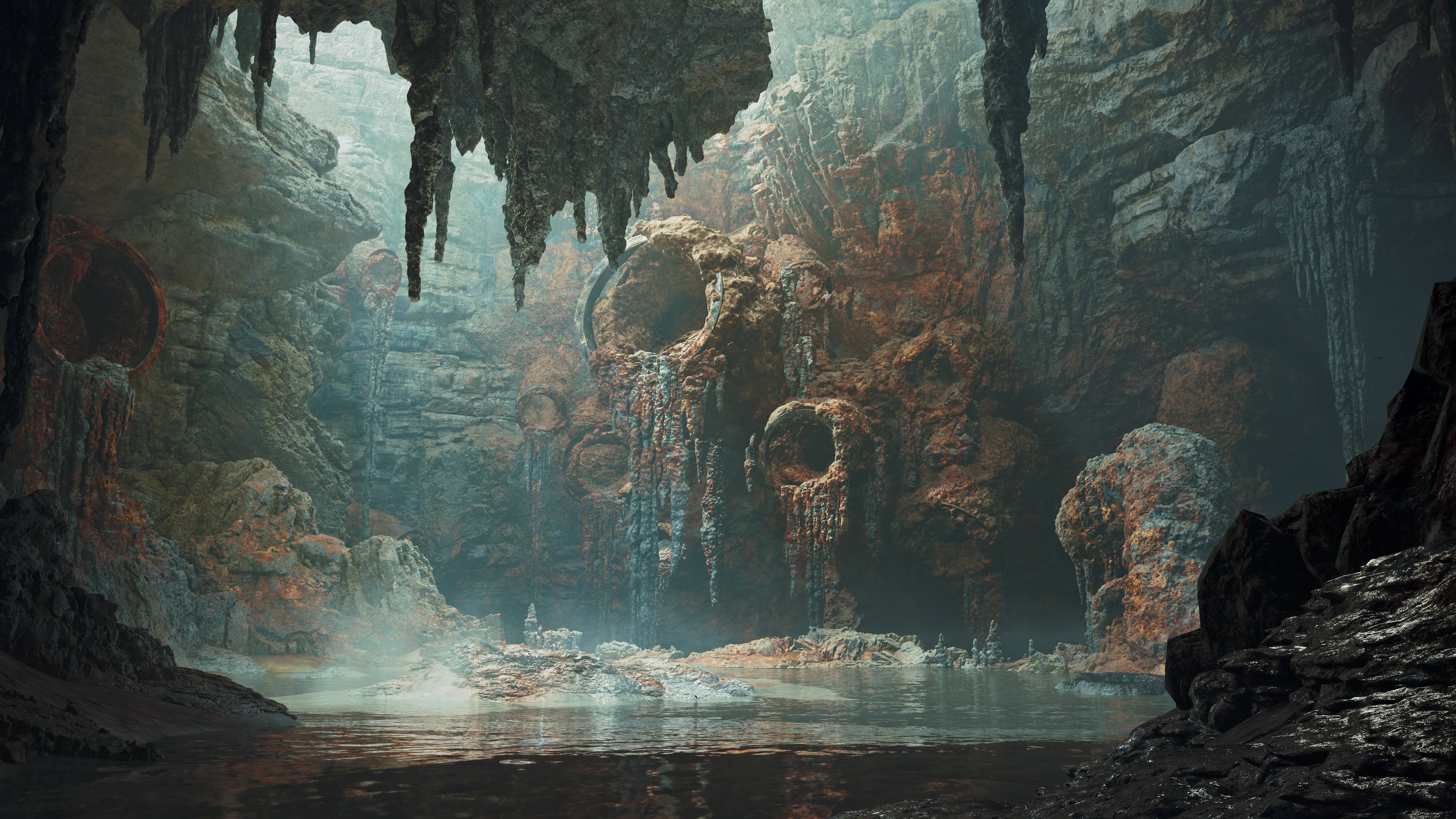
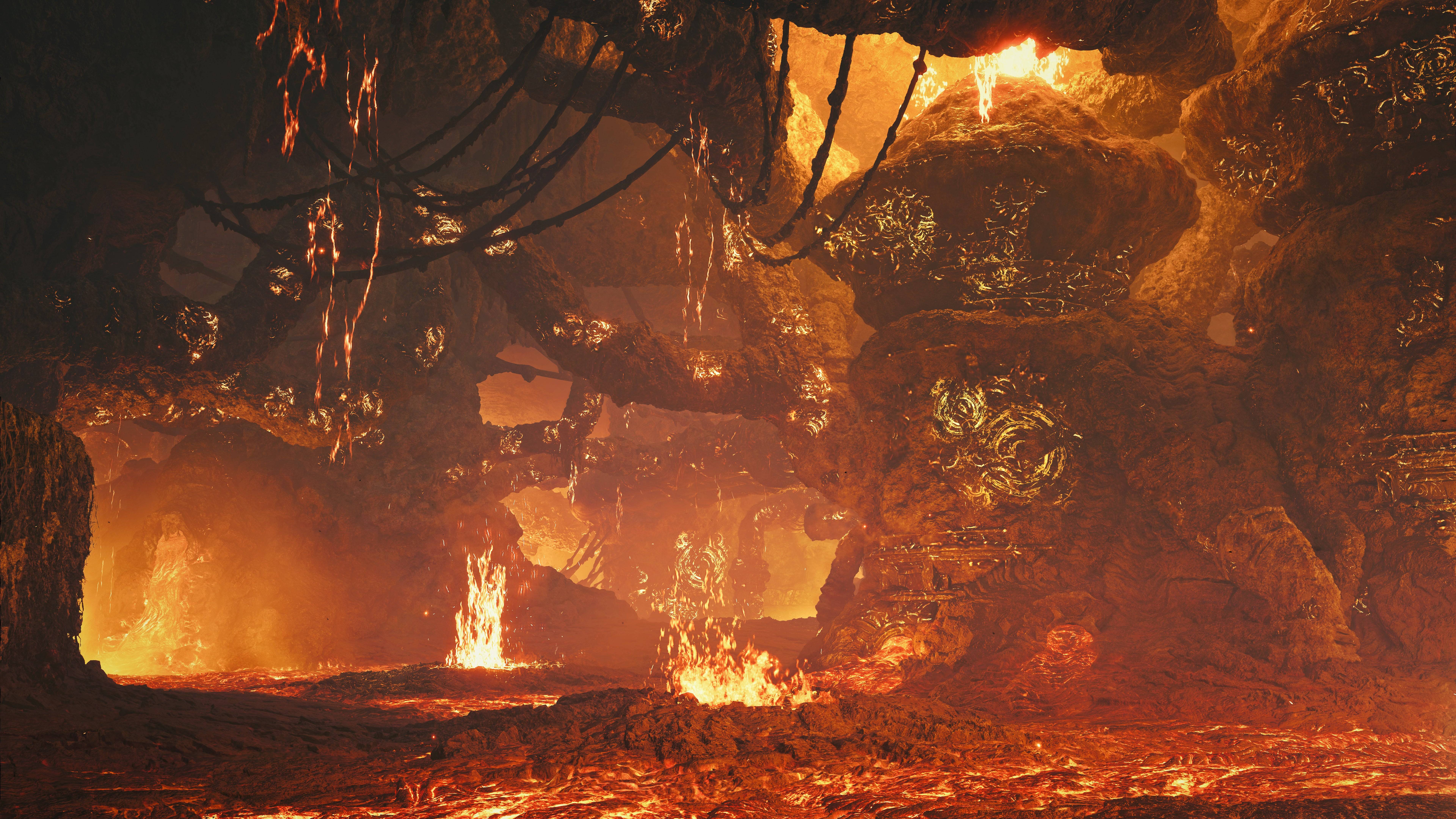
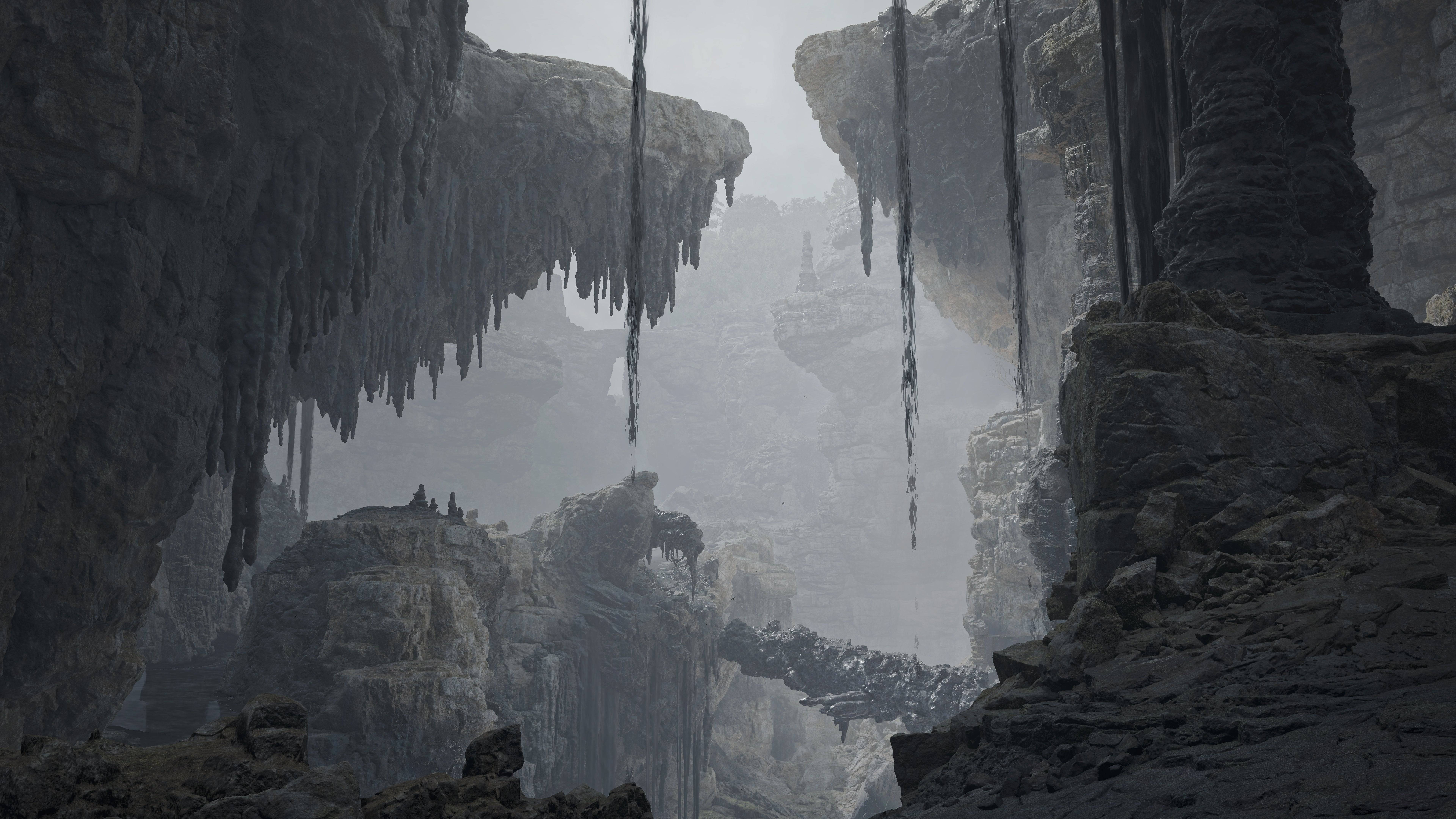
The interview revealed the conceptual and developmental processes for each weapon, addressing player feedback from the November 2024 Open Beta Test.
Seamless World Adjustments
Wilds' seamless map and dynamic weather necessitated significant weapon adjustments. Tokuda highlighted major changes to the Light and Heavy Bowguns and the Bow. The removal of the base-return-to-restock mechanic presented a challenge for ranged weapons, traditionally reliant on consumable ammo and coatings.
"We designed it so that basic damage sources can be used without expending resources," Tokuda explains. "Normal, pierce, and spread ammo for Bowguns and coatings for Bows have unlimited use, managed by a gauge. However, pre-prepared or field-gathered materials allow for crafting powerful, attributed ammo."
These changes extended beyond mechanics, influencing weapon design. Fujioka emphasizes the visual clarity of actions, particularly the Bowgun's charging animation. Technological advancements significantly contributed to these refined animations. The smoother transitions between actions, including weapon stowing and switching, expanded hunter capabilities.
"A common concept is enabling natural weapon use in any situation, even without player input," Tokuda states.
Previously, healing required weapon stowing and movement cessation. Improved animation capabilities altered this.
Fujioka highlights the new Focus Mode, enabling directional movement during attacks.
"Focus Mode allows continuous attacks while slightly off-center, letting players move as intended. We aimed to realize players' envisioned gameplay," he says. "Recent technical leaps in animation management and evolving gameplay heavily influenced our approach."
Focus Strikes
Wilds introduces a wound system, created by accumulated damage to a monster's body part. Focus Strikes, activated in Focus Mode, inflict massive damage on wounded areas. While each weapon boasts unique Focus Strike animations, Tokuda clarifies that the damage output is standardized across weapons, addressing imbalances from the open beta.
The wound system adds strategic depth. Wounds become scars, preventing repeated wounding of the same area, encouraging tactical target shifting. Environmental interactions can also lead to unexpected scarring. Tokuda notes that, like flinching and part breaking, wounding is a new player option, creating anticipation and strategic choices. Pre-existing wounds from environmental events (like monster turf wars) add an element of surprise and potential rewards.
Monster health and toughness were adjusted to maintain appropriate playtime and player satisfaction, despite not being the initial intention. Focus Mode aims to create a more concentrated and rewarding hunting experience.
Great Sword Tempo
The development of 14 weapon types involved approximately six planners responsible for player experience, collaborating with artists and animation designers. The Great Sword served as the development prototype, informing the design of other weapons.
Fujioka emphasizes the Great Sword's role in animation development, particularly the Focus Strike. Its all-around nature and historical significance in the series made it the starting point.
Tokuda highlights the Great Sword's unique "heavy tempo," uncommon in other action games. Its versatility (blocking, AoE attacks, consistent damage) provides a foundation for balancing other weapons. The Great Sword's design influences the tempo of faster weapons, preventing an overly fast-paced experience.
Weapon Personality
The developers prioritize unique weapon design over uniform ease of use, acknowledging the inevitable popularity disparity among weapons. However, they aim to ensure a satisfying experience for all weapons. Tokuda uses the Hunting Horn as an example, focusing on area-of-effect damage and sound-based mechanics. Balancing self-buffs to avoid making the Hunting Horn overly dominant in dual-weapon setups was a key consideration.
The developers accept that certain weapons perform better against specific monsters, but aim to avoid overly efficient, universally effective builds. While endgame weapon usage may narrow for efficiency, they emphasize preserving the unique character of each weapon and monster.
The decoration system remains similar to Monster Hunter World, with alchemic creation of single-skill decorations addressing the frustration of missing specific skills.
Tokuda prefers long-range weapons and the Sword and Shield, while Fujioka is a dedicated Lance user. The Lance's adjustments for the release version address player feedback from the open beta, focusing on improving its guard mechanics and overall responsiveness.
The developers' commitment to player feedback and their passion for creating a balanced and engaging experience are central to Monster Hunter's continued success.

